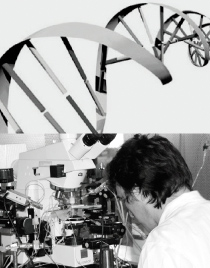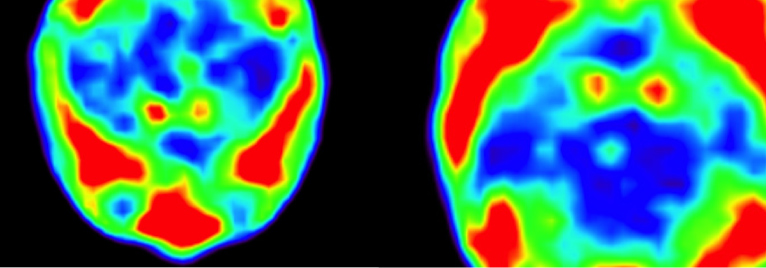A10
The incidence of MS varies with geographic, ethnic or temporal aspects. UV light is discussed as a mediator of the latitude gradient typical for MS prevalence and evidence provided that UV exposure during childhood decreases the risk of developing MS later in life. We elucidated molecular mechanisms underlying the protective effect of UV light in an animal model mimicking aspects of MS (EAE) and could show that local irradiation with UV light ameliorated disease via induction of regulatory T cells (Treg). We found that the neuropeptide alpha-melanocyte-stimulating hormone (α-MSH) which is generated in melanocytes, keratinocytes or cutaneous dendritic cells upon UV irradiation had anti-inflammatory potential. We systemically treated MOG-immunized mice with a stabilized homologue of the naturally occurring α-MSH (NDP-MSH) after onset of disease and observed a significant amelioration of EAE perpetuation. Alpha-MSH and its derivative NDP-MSH exert their biological effects by binding to one of five known melanocortin receptors (MC-R). EAE studies could clearly demonstrate that ligation of MC-1R was crucial for the partial restoration of neuronal function and the induction of immunosuppressive Treg. Besides up-regulating the release of α-MSH, UV irradiation of the skin contributes to the generation of tryptophan photoproducts including 6 formylindolo[3,2 b]carbazole (FICZ). FICZ acts as an en-dogenous ligand of AhR, a transcription factor frequently suggested as a sensor of external stimuli. Now we want to address four specific aims::
-
- Characterizing the efficacy of NDP-MSH-loaded particles after intranasal and transdermal application; development towards a potential clinical use (long-term goal: phase I study).
- Elucidating signaling pathways downstream of MC-1R ligation with relevance to the function of immune and neuronal cells.
- Analyzing AhR signaling in (tissue-resident) DC and disease perpetuation in response to UV irradiation. Translation towards clinical application by local treatment with approved AhR ligands.
- Exploratory intervention in MS patients to characterize relevant cell subsets in different compartments and signaling pathways downstream of UV (collaboration with project Z02).
Principal Investigators:
Univ.-Prof. Dr. med. Karin Loser
Zentrum für Experimentelle Dermatologie und Immunbiologie der Haut
Oldenburg
karin.loser@uni-oldenburg.de
Univ.-Prof. Prof. h.c. Dr. med. Heinz Wiendl
Klinik für Neurologie mit Institut für Translationale Neurologie
Münster
heinz.wiendl@ukmuenster.de


















